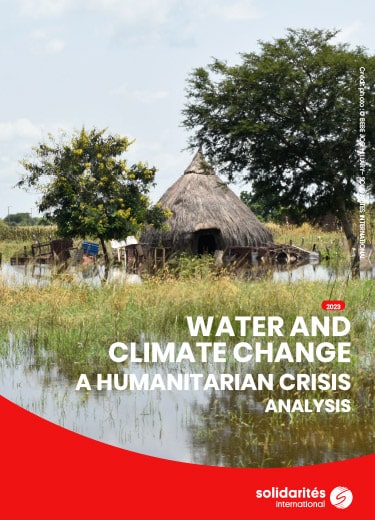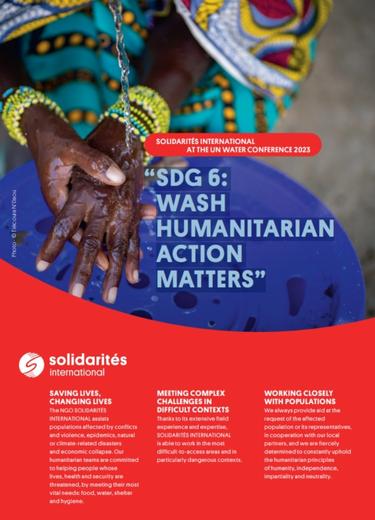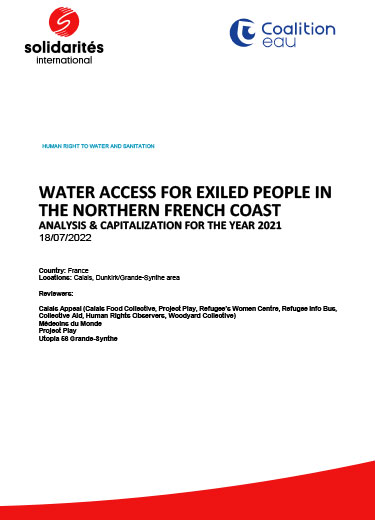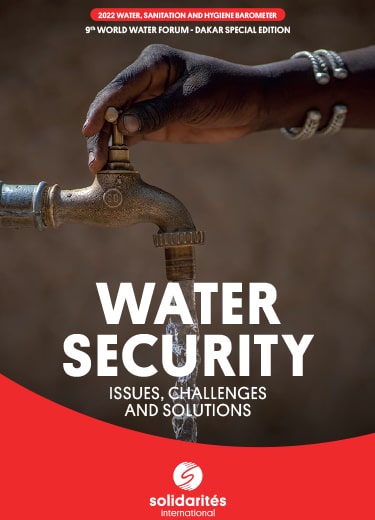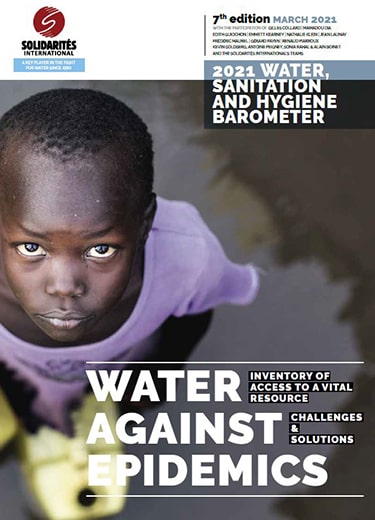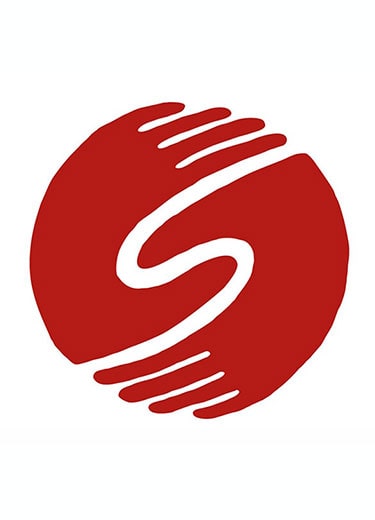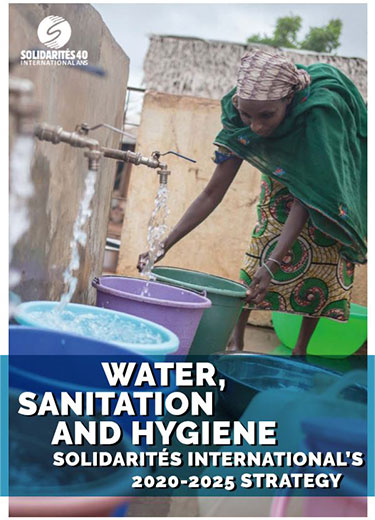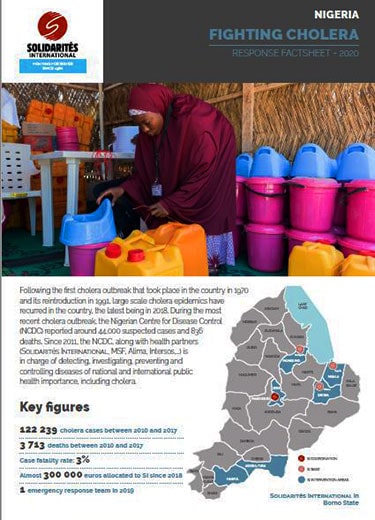Cholera
Every year, cholera affects from 1,3 to 4 million people across the world, with about 21,000 to 143,000 deaths*. For about 20 years, our teams have fought relentlessly against this waterborne disease, especially through actions regarding water access and water, sanitation and hygiene (WASH).
Cholera is an acute diarrheal disease caused by ingestion of food or water contaminated with the bacterium Vibrio cholerae. Worldwide, cholera remains a real threat to public health and an indicator of a lack of fairness as well as a shortfall in social development.
cholera overview
There is a wide gap between the number of reported cases and the estimates, due to the limitations of the surveillance systems and by fear of the negative impact it could have on tourism and business. The World Health Organization (WHO) deems that cases reported officially only account for about 5 to 10% of the current global cases**.
This disease is still very active in certain areas of the world and mostly affects countries where sanitary facilities are insufficient and where the quality of drinking water, sanitation and hygiene practices are inadequate.
For about 20 years, SOLIDARITÉS INTERNATIONAL has been working alongside health partners in the field and has also engaged in global coordination bodies, in order to fight tirelessly against this waterborne disease. Our teams mostly take action regarding Water, Sanitation and Hygiene (WASH) to reduce contamination vectors and prevent cholera outbreaks, by supplying drinking water, working towards making the environment salubrious and by raising awareness among communities to change their practices (hygiene, breastfeeding, funerals…).
>> SOLIDARITÉS INTERNATIONAL’s water, sanitation and hygiene (WASH) strategy for 2020-2025.
Our NGO is also working with health authorities at national, regional, and local levels to improve epidemiological surveillance and monitoring. As well as to enhance the link between health response and WASH response, especially in outbreak areas.
CHOLERA TRANSMISSION
The cholera vibrio is a very mobile bacterium, with low nutritional requirements and for which humans are the main reservoir in case of epidemic. Cholera can be transmitted in two ways:
- Water: through consuming non-drinking water and contaminated by the Vibrio cholerae bacterium;
- Interpersonal: through hand contact, food contaminated with dirty water, a cook’s dirty hands or flies. The cholera vibrio goes directly from hand to hand and then hand to mouth.
Because of the brevity of the incubation period (from a few hours to five days), the number of cases can increase extremely fast.
>> SOLIDARITÉS INTERNATIONAL’s operational handbook against cholera.
© Prince Naymuzzaman-Khan
risk factors of cholera bacterium propagation
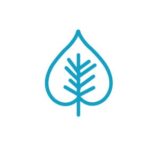
The disease develops in wetlands, especially in warm coastal brackish waters. It is said that cholera is a seasonal disease because it resurfaces during wet periods such as monsoon or rainy season.
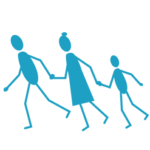
An epidemic is more likely to spread in a context of high density or population movements (whether they are planned, such as street vendors, or unplanned, because of a conflict or a natural disaster for instance).
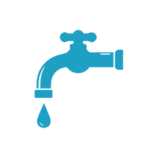
Access to drinking water (water price, infrastructures), the sanitation situation and the quality and coverage of health services are structural factors that play key roles in the spread and control of an epidemic. Busy transport routes (ports, roads, train stations) are also a significant risk factor.

The traditional management of corpses and beliefs associated with cholera – and infectious diseases in general – as well as practices regarding water, food and human excreta are some cultural features that are crucial to know to control an epidemic, especially to properly raise awareness.
CHOLERA SYMPTOMS
Cholera is a widely virulent disease that can prompt severe acute watery diarrhea. Symptoms appear between 12 hours and 5 days after ingesting contaminated food or water***. The disease affects both children and adults and can kill within hours, if left untreated.
Most infected persons do not show any symptoms, even though the bacillus is in their stool for 1 to 10 days after the infection and is discharged in the environment, where it can potentially infect other people. They are healthy carriers. We estimate that for one person who declares the disease, they can be as many as 30 healthy carriers (AAH, 2013).
For people showing symptoms, these remain benign or moderate in most cases (about 75%). But for some (about 25%), they develop an acute watery diarrhea with severe dehydration. Without treatment, it can lead to death.
HOW TO TREAT CHOLERA
Cholera is an easy disease to treat. Most people affected are treated with rehydration, by giving them oral rehydration solution (ORS) or intravenous for the most severe cases. Antibiotics can also be administered to shorten the duration of the diarrhea, reduce the quantities of rehydration fluid needed, and shorten the duration of Vibrio cholerae bacilli excretion in their stool.
Preventive measures are simple and stem from the means of transmission, though messages and measures must be adapted to each context depending on the identified risk factors. Some examples of basic messages:
- Wash one’s hands with water and soap after going to the bathroom, before eating or cooking, before taking care of one’s child or changing him, after having been in contact with a person suffering from diarrhea;
- Drink only conditioned or treated water (chlorination);
- Cook one’s food and consume while still hot, peel fruits and vegetables;
- Ban food cooked and sold on the street;
- Ban any preparation containing water which origin cannot be controlled;
- Use toilets or other sanitary facility, do not defecate outdoors, especially near a watering hole or a river.
>> SOLIDARITÉS INTERNATIONAL’s operational handbook against cholera.
solidarités international's strategy to fight against cholera
In order to fight cholera, SOLIDARITÉS INTERNATIONAL has implemented a strategy in line with the commonly known « Bouclier – Coup de Poing ». This approach aims to prevent and reduce the risks of cholera transmission and diarrheal waterborne diseases by combining responses for prevention, preparation, counterattack, and reinforcement of epidemiological surveillance mechanisms.
EPIDEMIOLOGICAL SURVEILLANCE
Surveillance activities aim to collect information on the disease continuously, analyze them, track them, and adapt health policies and strategies accordingly. They can allow for example:
- To identify cholera outbreaks as fast as possible,
- To monitor the evolution of an epidemic,
- To detect cholera “hotspots”
- To follow the disease’s patterns (behavior, evolution in time for instance)
- To detect high-risks groups,
- To monitor the efficiency of cholera prevention programs,
THE COUNTERATTACK STRATEGY, OR “COUP DE POING”
The counterattack strategy – also know as “coup de poing” – is rolled out as soon as the first cases are confirmed, in order to stop the outbreak. Then, it is all about rapidity, flexibility and collaboration with all the stakeholders on site. Several activities are implemented and adapted to the context.
The teams can also work on supplying drinking water (through the setup of mobile treatment facilities, the chlorination at the drawing point or water treatment at home), managing excreta (installing toilets in public areas and healthcare facilities), securing funeral ceremonies, distributing kits (soaps, chlorine tablets, oral rehydration solution), raising awareness about hygiene and risks linked to cholera, and finally, disinfecting homes.
>> Read more about our cholera emergency response teams.
PREVENTION, OR “BOUCLIER”
In the long haul, the solution to restrain cholera is through economic development and universal access to drinking water and sanitation services. Therefore, all stakeholders fighting cholera must lead lasting preventive interventions regarding water, sanitation, and hygiene, aside from outbreaks, in priority areas identified as high-risk regarding cholera (especially the “hotspots”). These structural and long-term actions, based on good epidemiological knowledge, will help reduce the negative impact of cholera epidemics in these priority areas.
Regarding this course of action, SOLIDARITÉS INTERNATIONAL renovates and expands the water and sanitation infrastructures of the affected areas. The teams also support local organizations in charge of managing these infrastructures:
- Setting up or revitalizing community committees,
- Empowering community associations and representatives as they promote hygiene and preventive measures,
- Producing chlorine locally and developing local markets for chlorine products.
They can also promote the construction of family latrines.
PREPARATION
In terms of preparation, stakeholders fighting against cholera must be able to apprehend this fight on different time scales: from urgency to long-term solutions. This course of action includes:
- Coordinating the preparation, the response and the exit strategy with all the stakeholders,
- Mapping out the high-risk areas and the capacities of the stakeholders involved in the fight against cholera,
- Preparing and sharing contingency plans,
- Empowering local stakeholders regarding prevention, preparation, response and exit strategy,
- Strengthening prevention activities during high-risk periods.
3 exemples in our countries of intervention
DEMOCRATIC REPUBLIC OF CONGO (DRc)
The DRC is one of the countries with the most virulent cholera outbreak in the world. It appeared first in 1974 in the western part of the country and then in 1977 in the eastern part. Nowadays, there are about 20,000 cases of cholera every year.
There, the disease is seen as having two sides to it. On the one hand, many think that cholera is transmitted only through water and dirt (visible). On the other hand, there is a strong fear of the sick person and the transmission through magic.
SOLIDARITÉS INTERNATIONAL takes action in the regions next to the big lakes, South Kivu, North Kivu and Tanganyika, which account for 61% of the cases reported throughout the country.
In the Tanganyika region, in addition to the response teams mostly taking action during rainy season and cholera outbreaks, SOLIDARITÉS INTERNATIONAL has put into place two long-term actions in order to block the cholera bacillus:
- In 2013, only 49% of Kalemie inhabitants had access to a safe water source. The remaining 51% were drawing water from the Tanganyika lake and the Lukuga river and thus, were very much exposed to fecal contamination. As a result, SOLIDARITÉS INTERNATIONAL launched a project to renovate and expand the town’s water system, in several phases, to ensure a lasting drinking water service. The teams are working with the REGIDESO (organization in charge of the production, distribution and commercialization of water) and several civil society bodies (l’Association des Fontainiers de Kalémie in charge of the distribution and maintenance of public fountains, l’Association des Mamans pour la Protection et la Sécurité des Bornes Fontaines which, among other things, raises awareness about hygiene among families…). SOLIDARITÉS INTERNATIONAL is also supported by the Veolia Foundation to conduct the work.
- The creation of a chlorine industry, from production to commercialization of the Uzima Plus chlorine product to the Kalemie’s communities, in order for them to put chlorine in the water, making it drinkable in their homes. SOLIDARITÉS INTERNATIONAL has supported the AMUKA association in two ways: 1) electrolysis production and quality control of the product; 2) managing the structure and developing its distribution network and its marketing mechanism.The creation of a chlorine industry, from production to commercialization of the Uzima Plus chlorine product to the Kalemie’s communities, in order for them to put chlorine in the water, making it drinkable in their homes. SOLIDARITÉS INTERNATIONAL has supported the AMUKA association in two ways: 1) electrolysis production and quality control of the product; 2) managing the structure and developing its distribution network and its marketing mechanism.
HAITI
Brought in 2010 by the UN forces coming from Nepal, cholera rapidly spread in Haiti. In early 2019, 819,000 cases had been reported in the country, with more than 9,700 deaths.
The last case was reported in February 2019. This success was achieved thanks to the combined efforts and coordination of all stakeholders fighting the epidemic. In the last years, SOLIDARITÉS INTERNATIONAL was taking action with le MSPP (Ministère de la Santé Publique et des Populations) when cases were detected by the communities themselves or reported to the healthcare centers and acute diarrhea treatment facilities. These response teams aimed to investigate reported cases by going to the homes in question and putting into place a cordon sanitaire about 50 meters from the house to prevent propagation. In addition, they distributed cholera kits (soaps, bucket, tablets to make the water drinkable, oral rehydration solution packets), led awareness campaigns and installed chlorination stations next to public fountains, after a quick assessment.
As cholera cases disappeared, these dual teams are now working to respond to the Covid-19 pandemic.
nigEria
The first cholera epidemics in the Lake Chad Basin were reported in 1971. The disease then reappeared in 1991. This area around Lake Chad, shared between Nigeria, Niger, Chad and Cameroon, is one of the most affected by the disease. According to the cholera regional platform, the four countries are often hit at the same time, as an epidemic rises in one country and then spreads rapidly to the others.
21,2% of the total cholera cases reported in West Africa between 2012 and 2017 were located in Nigeria. Between 2010 and 2017, more than 122,200 cases were reported, with 3,713 deaths. Most cases are located in two areas: the North Centre region (Bauchi, Kano, Kaduna and Katsina states) and the Borno State, where SOLIDARITÉS INTERNATIONAL takes action.
SOLIDARITÉS INTERNATIONAL leads the “Cholera Task Force” (gathering government authorities, health actors and NGOs) in the Borno State. Its goal is to coordinate the preparation and the response among partners and the government in northern Nigeria.
In all four areas of intervention in this State (Maiduguri, Monguno, Ngala and Dikwa), the field teams are implementing several WASH activities when health services give warning: assessment to figure out where the contamination comes from, disinfection of affected households, their neighbors’ and public sanitary facilities, distribution of kits for water treatment, handwashing and disinfection of sanitary facilities, water chlorination, awareness campaigns about hygiene good practices…
Alongside these counterattack activities, teams start putting into place prevention activities long before rainy season: constructing and renovating watering holes and toilets, supporting the water points committees to ensure proper management, maintenance, and cleanliness of the water points, as well as emptying latrines…
*Updated global burden of cholera in endemic countries Ali M, Nelson AR, Lopez AL, Sack D. (2015). PLoS Negl Trop Dis 9(6): e0003832. doi:10.1371/journal.pntd.0003832.
**https://www.who.int/bulletin/volumes/90/3/11-093427/en/
***The incubation period of cholera: a systematic review, Azman AS, Rudolph KE, Cummings DA, Lessler J. J Infect. 2013;66(5):432-8. doi: 10.1016/j.jinf.2012.11.013. PubMed PMID: 23201968; PubMed Central PMCID: PMC3677557
our publications
